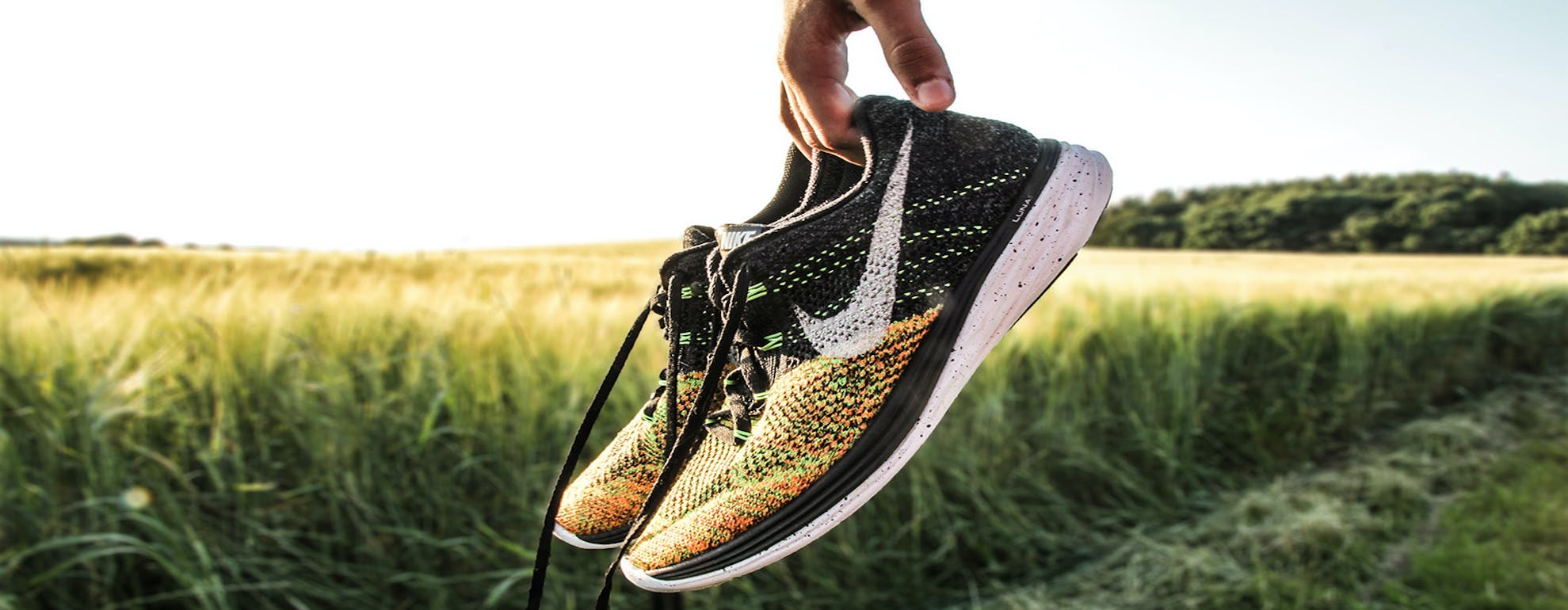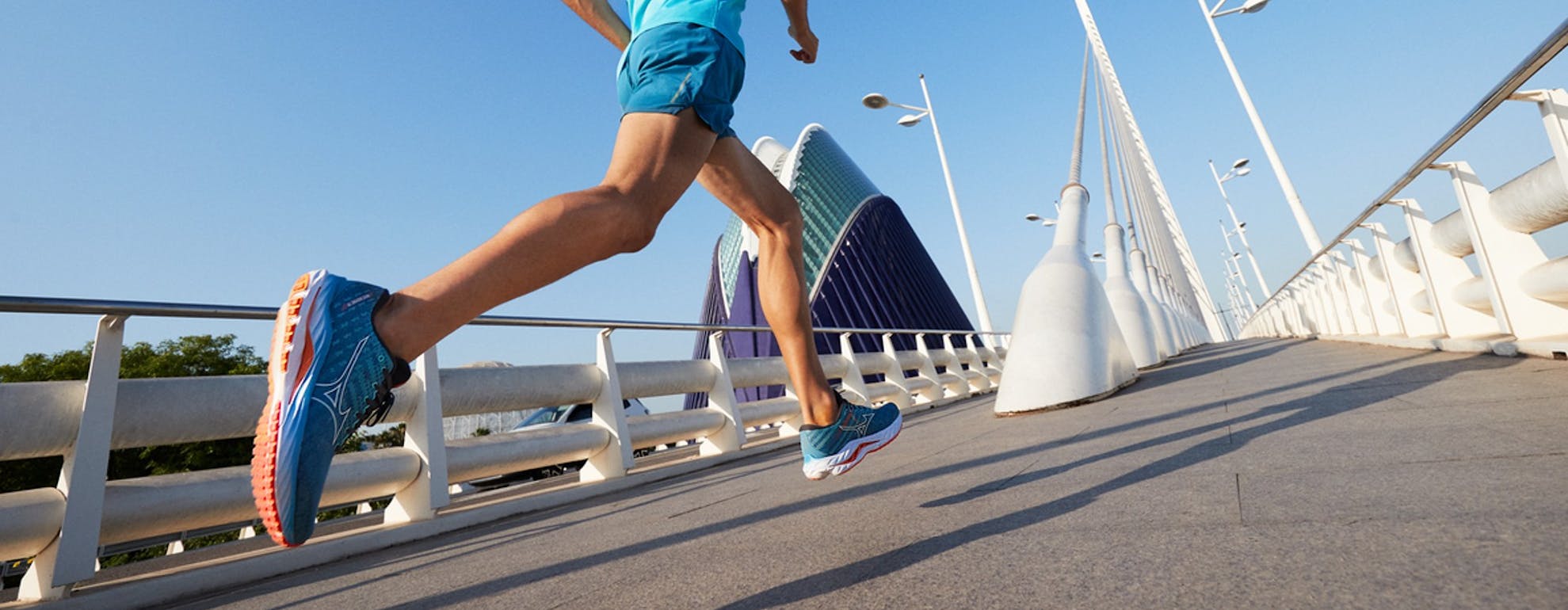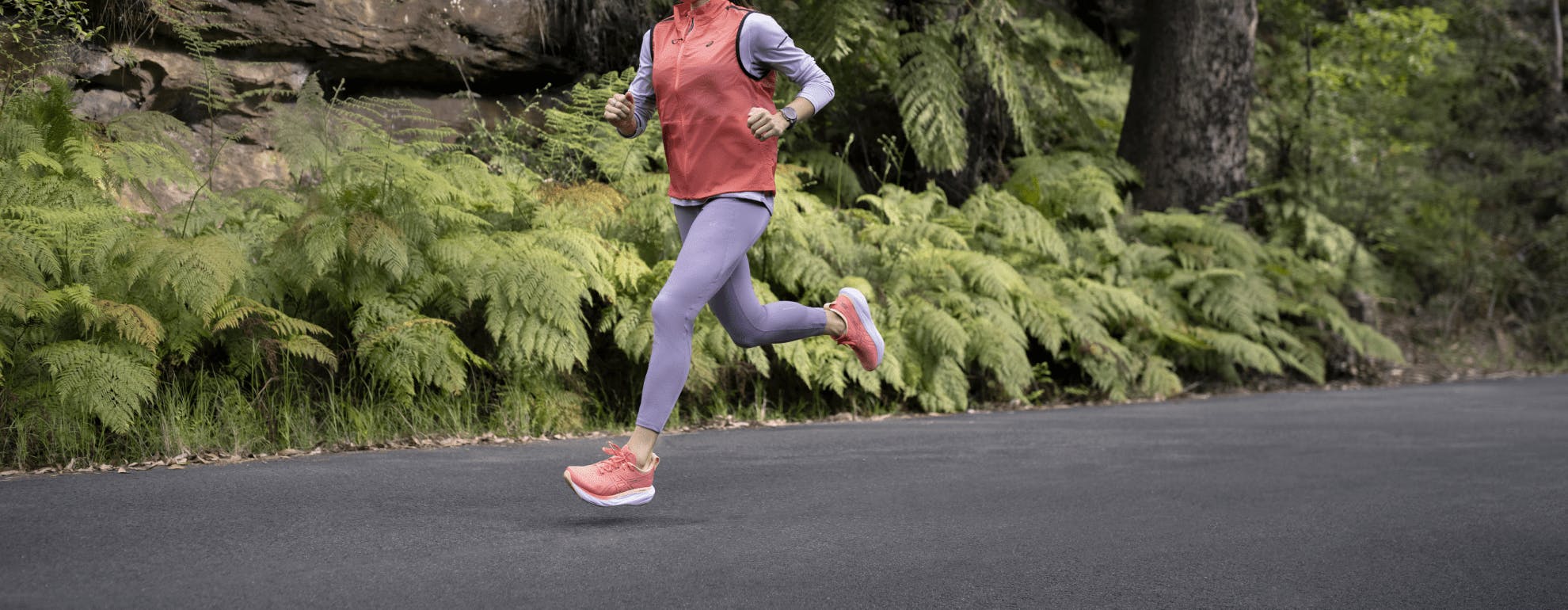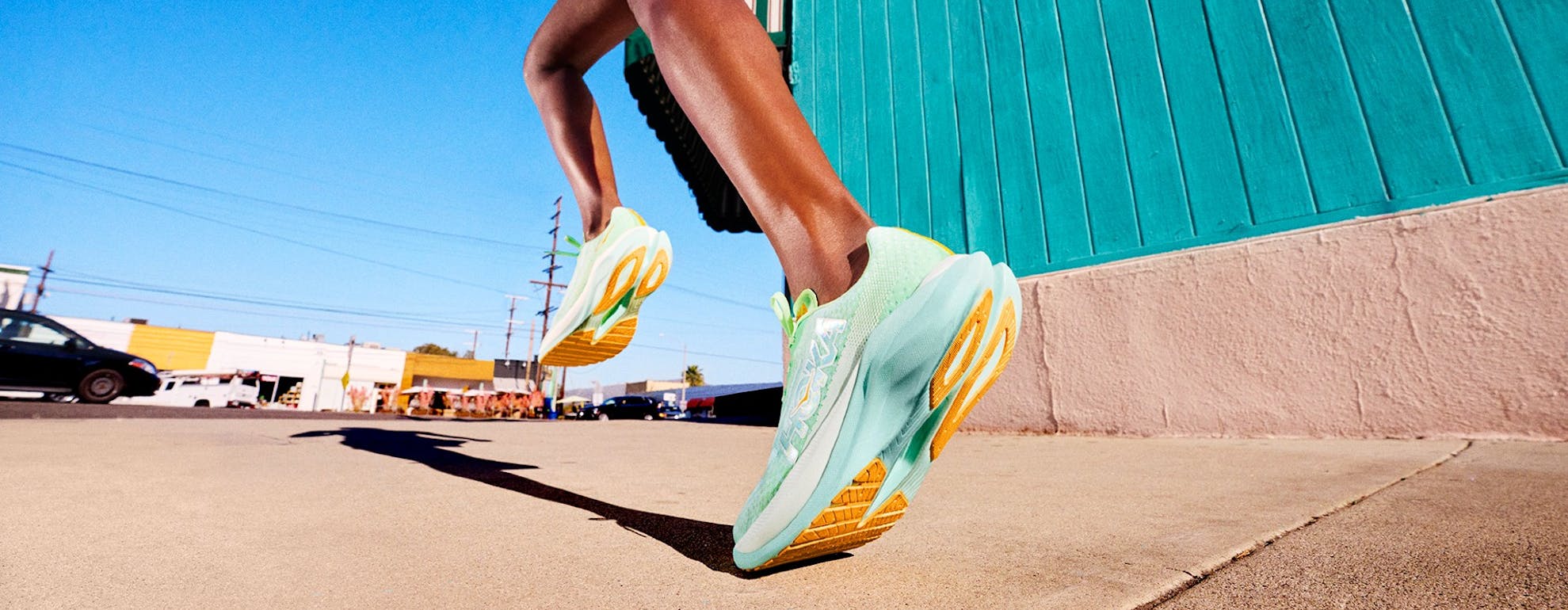
What's the Best Footwear for Road Runners?
Which running shoe is for me? Our running shoes are split into a number of categories in order to cater for every type of runner.
ㅤ
RUNNING SHOE CATEGORIES
ㅤ
Cushioned Shoes:
These shoes are for neutral runners or supinators. Runners requiring cushioned shoes often run on their toes and have a high fixed arch. These running shoes are built on curved or semi-curved lasts to encourage natural foot motion. They provide little stability but are softer under foot and more cushioned.
ㅤ
Support shoes:
Suitable for mild pronators. 70% of all runners require a support shoe. Mild pronation is largely considered normal and these shoes are usually best for runners with a ‘regular’ foot plant. Support shoes usually combine good cushioning technology with lightweight support characteristics on the medial (inner) side of the shoe in order to limit excessive inward rolling of the foot.
ㅤ
For more serious overpronators and also for heavier runners. Serious overpronators usually have a flatter foot as their arch collapses through the footstrike. These shoes usually combine cushioning with serious support characteristics. They are generally heavier but provide essential protection which aids injury prevention.
ㅤ
Racing shoes:
These lightweight, streamlined and responsive shoes are ideal for race running. They are usually cushioned but provide little support and are not as durable as training shoes.
ㅤ
Off-Road/Trail shoes:
Off road, grip is everything – traction is king – you need lugs – the more and the deeper the better. Off road shoes are usually very responsive (lower to the ground) to protect against the uneven terrain. They are less cushioned than road shoes as off road terrain cushions the foot naturally.
ㅤ
WHAT IS PRONATION?
Pronation is the lower legs natural way of absorbing shock. It is the movement of the foot from heel strike to big toe off. There are 3 levels of pronation:
- Under pronators / Supinators / Neutral runners – have a high fixed arch, these people often run on their toes (require a cushioned shoe)
- Mild pronators – a position between the two extremes (require a stability shoe)
- Overpronators – usually have a flatter foot (require a control shoe)
ㅤ

ㅤ
HOW DO YOU KNOW IF YOU OVERPRONATE?
The simplest and easiest way to find out is called ‘the wet test’. Simply examine the print left by your foot after a bath or shower.
1. You require a cushioned shoe if your print looks like this.
You are an underpronator / supinator and have a high arched foot. This print will leave a very thin band on the lateral side (outside of the foot) or none at all, between the heel and forefoot. This is because most underpronators are forefoot runners, only using the heel down hill. This curved, highly arched foot does not pronate sufficiently and requires a lot of cushioning.
2. You require a support shoe if your print looks like this.
You have a normal foot plant and are a mild overpronator. A normal foot usually leaves approximately half the footprint – the lateral (outside) part. The foot plant lands on the outside of the heel and rolls inward slightly to absorb shock while moving off the big toe.
3: You require a control shoe if your print looks like this.
You have a flatter foot and require a motion control shoe. This foot leaves a print of the whole of the foot. This is because the arch collapses through the foot motion. The foot strikes at the heel and rolls inwards excessively – this is more severe overpronation. If you are a serious overpronator and do not wear the correct shoes then you are much more likely to get injuries (especially knee and hip injuries) when running.
ㅤ
CHECK OUT OUR SPORTSSHOES GUIDE TO THE BEST SHOES FOR OVERPRONATION
CHECK OUT OUR SPORTSSHOES GUIDE TO THE BEST SHOES FOR UNDERPRONATION
ㅤ

ㅤ
OTHER IMPORTANT FACTORS TO CONSIDER
Some key factors affecting your choice of running shoe also include:
Your shoe size – beware the foots expands when running long distances, so you might need a little extra room in the toebox.
How heavy you are – the heavier you are the more important the cushioning and stability attributes of the shoe
How wide your foots is – most brands are built on a standard D width fitting, though some are wider (e.g. Brooks) and some narrower (e.g. adidas) than normal. Some brands offer a wider 2E width fitting. One brand – New Balance has long catered for the differences in foot width. They offer 3 width sizes for men: D, 2E and 4E (with 4E being for the wide boys) and 3 width fittings for the ladies: 2A, B and D (D being widest)
The surface you run on – your shoe requires the correct sole unit for your needs. Road shoes have a shallow hard wearing tread. On and off road shoes require a tread with deep enough lugs for grip while being durable enough not to wear out on roads. Off Road shoes – grip is king – you need deep lugs for maximum traction.
ㅤ
Interested in the latest shoes, apparel and technology? Then head over to our Kit & Gear category for more reviews, tips, advice and product releases.
Welcome
Welcome to SportsShoes Kit & Gear Hub! Here you'll find all the information and advice you need about the very latest kit, technology and gear.
Read More
Share this
Featured Articles
View All



